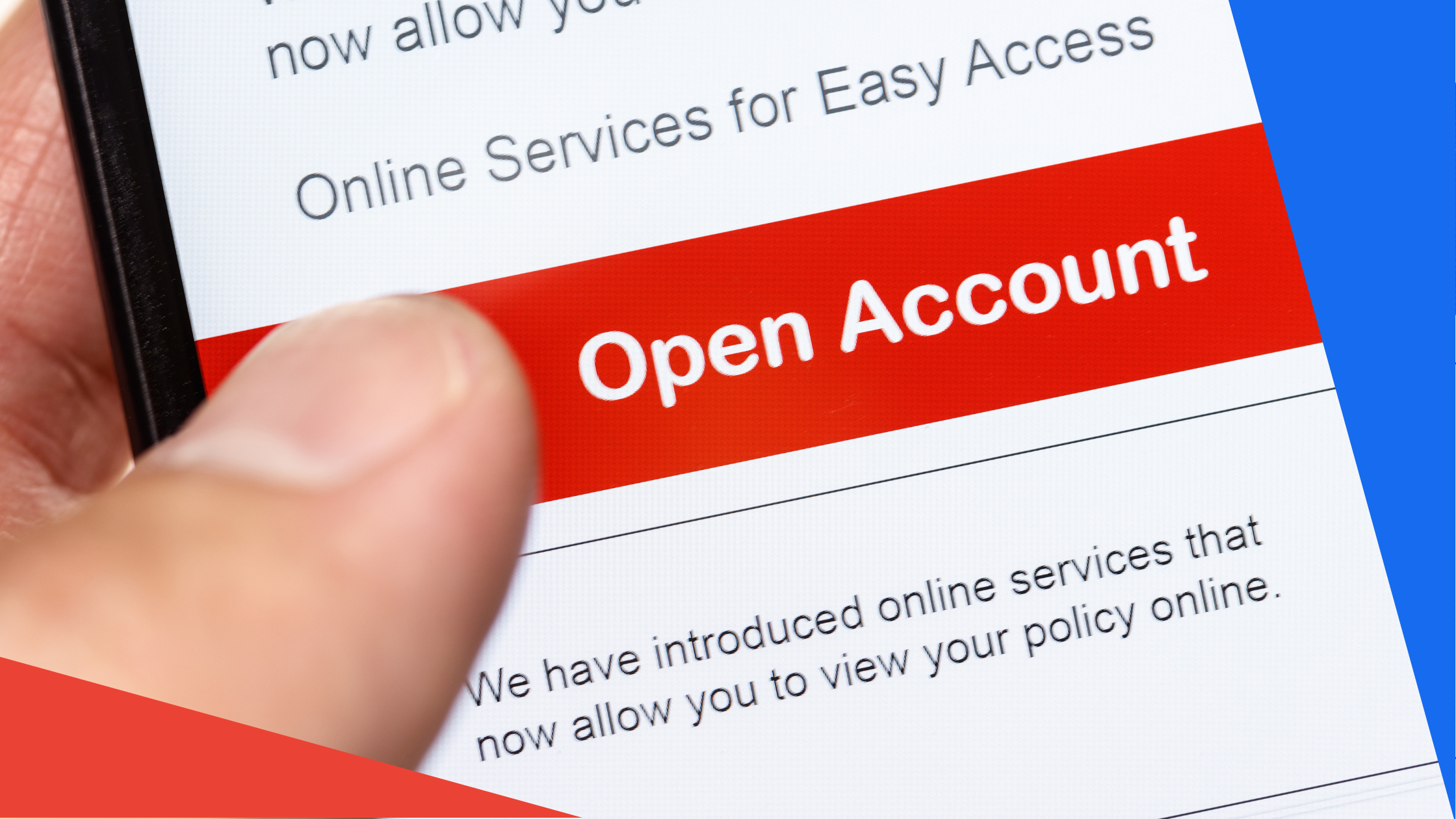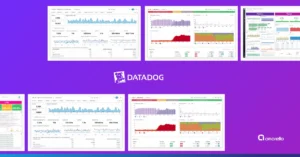
Reading time 7 minutes
The economy is and will be the central issue of 2023, regardless of whether you are an expert or not, the scenario of uncertainty and concern about the repercussions that inflation will have on the purchasing power of consumers, has the vast majority in search of answers and guidance to be able to prepare.
This after, according to data from the National Consumer Price Index , inflation in Mexico for 2022 will close at a historic 7.82%, its highest level in more than a decade. In addition to a new rebound after the first fortnight of January, which brought inflation up to 7.94% against all forecasts, which expected a slow but clear deceleration in inflation to begin.
You may be interested in: Big Data: The best ally to know what is going on in your business
Some of the causes of this acceleration in inflation respond to external factors, such as the effects of the changes inherited after the COVID19 pandemic, as well as repercussions of the war in Ukraine, while other internal factors respond to the phenomenon of the the January.
What is it and how long does it last?
As every year, Christmas expenses increase with the excitement of the dates, some people start spending from the beginning of the posadas and do not stop until the end of the celebration of the Reyes Day. Sin embargo, una vez concluidas las celebraciones de Navidad y Año Nuevo, cuando el aguinaldo se ha esfumado, los compromisos económicos comienzan a crear estragos en la economía.

The beginning of each year marks an increase in the cost of some products and services as a consequence of inflation; and the “hangover” due to the expenses of the celebrations, such as the purchase of gifts, dinner, clothes, etc., which has an impact on the consumers’ pockets and makes it difficult to meet the responsibilities of payment and sustenance, causing indebtedness as a temporary solution or ultimately the lack of payment.
See also: Big Data in the cloud: What stage is your company at?
This phenomenon of a generalized rise in costs that occurs every year during the first month of the year is known as the January costAccording to Víctor Ceja, chief economist of Valores Mexicanos Casa de Bolsa (Valmex), in statements to the media outlet La-Lista:
“The January slope concludes when these price increases are assimilated and the festivities end, i.e., it runs from December 12 to February 2, it covers all the holidays and is when prices have a steeper slope.”
If it happens every year, why is it so relevant in 2023?
The answer lies in multiple factors: from the integration and volatility of cryptocurrencies, the changes in political regimes in Latin America, the devaluation of the dollar, the appreciation of the peso, but above all the impact of the total resumption of activities, after the live confinement due to the pandemic, as we can see in statements made by experts to the media La-Lista:
According to Ceja
“It is expected that this 2023 will be more pronounced (the January slope) with a higher price increase than in the two or three previous years because the pandemic is on its way out and people, after the confinement, demand goods and services. The indicators say that there is an important use of credit and debit cards, higher inflation and it could last a little longer, two or three weeks more”.
Meanwhile, Manuel Molano, economist, consultant and professor at Tec de Monterrey, points to the same, noting that during 2022 there was accelerated inflation all year. “We would already have to tell you the cost of the whole year,” he says and adds that by 2023 inflation will continue to accelerate and he believes it could reach double digits, that is, 10% or higher.
Under this understanding, core inflation, the more stable prices of products and services that do not vary easily over time, is the one that is of concern, as it is above annual headline inflation.
What role do Fintechs play?
According to the latest National Financial Inclusion Survey, seven out of 10 Mexicans make some unplanned purchase per month. While 63% admitted that they do not have any control over their spending, which would imply that acquiring a debt during the first period of the year would worsen their personal finances.
Experts recommend avoiding the use of credit cards and/or personal loans when you already have a debt, due to the interest rates that are not contemplated by most applicants and end up increasing their debt even more. In addition to not having a financial culture, it is easy to lose track of expenses, acquiring more debt under the illusion of having an extra.

This situation provides an advantage to fintech platforms, as Diego Paillés, CEO of LaTasa.mx, pointed out to El Economista, since the credits that financial technology companies (fintech) can offer are a viable alternative for those who require a financial solution this season, as they have a lower interest rate compared to credit cards and traditional credits, in addition to the agility in the procedures.
Check now: Data migration through BigQuery and Google Cloud.
According to their statements, 94% of customers who sought credit in previous years, did so with the aim of paying off their debts and facing the January slope. Therefore, fintechs are positioned as a viable alternative, by maintaining lower interest rates, which in addition to a wide variety of options can be adjusted according to the user’s profile, allowing the establishment of a customized offer.
In addition, thanks to their technological integrations with BigData, AI and Machine Learning, they are able to establish a financial health monitoring to their multiple users, also offering different visualizations to allow to have an accurate and efficient expense control, which translates into an improvement for the financial culture for those who resort to these alternatives.
The financial market and fintechs in Latam
Fintechs have not only positioned themselves as an alternative in the face of January’s hard times or the growing inflation, but they have also been able to take advantage of the areas of opportunity that they have detected in comparison to traditional banking. The flexibility and innovation has allowed them to react quickly to the constant changes and opening of commercial opportunities, based on an innovative service.
This has allowed them to take a leading role in the regional economy. Currently, Latin America has 1,075 companies that have received investment in three major categories: payments, loans and digital banks, which concentrate 95% of the investment for this industry.
You may like: Science, Data, Cloud and Rock & Roll.
In 2021 alone, investment in this sector had an increase of more than 200% over the previous year, reaching US$9.8 billion, according to figures from CB Insights, and in the short term its projection is to continue surpassing these indicators.
The keys to success in fintechs
These are some of the key factors to understand the rapid growth of this industry in Latam, which should be taken into account to establish a digital transformation strategy in our businesses:
- Transition from traditional models to technology-based schemes. La integración de tecnología basada en la ciencia de datos, ha propiciado mejores prácticas por parte las instituciones, además de abrir el espectro de bancos y empresas de seguros a cualquier empresa con flujo de dinero que desee incorporar estos servicios.

- Capitalization of opportunities. En un breve periodo de tiempo, las fintechs adquirieron un enorme potencial y modificaron rotundamente la forma de hacer negocios financieros, mediante la innovación, adaptando su oferta al usuario, personalizando experiencias y propiciando una inclusión financiera.
- Financial inclusion. Latinoamérica cuenta con un gran porcentaje de población no bancarizada aún, cerca del 50% de la población adulta no posee acceso a un producto o servicio financiero, y el shock de la pandemia despertó en los usuarios la necesidad de contar con dichos servicios con acceso de forma remota y digital.
But inclusion goes beyond a bank account, it is about having access to a secure space to place your money, intuitive handling and agile availability to deal with a difficult situation.
Fintech technology and trends
As already mentioned, the technological basis of this industry is directly related to data science. The main thing is to have a sufficiently large data source to build a robust BigData that allows better results, most fintechs work on a Data Lake, or data lake for its versatility to store structured, semi-structured or unstructured data.
Now go: Machine Learning: Future and mainstay of online stores?
Added to this are Data Analytics and Business Intelligence tools such as Looker, which enable accurate analysis and interpretation of data on a massive scale, maximizing the return on investment and reducing investment risks. However, everything revolves around Big Data and taking full advantage of its characteristics: volume, variety, veracity and value of data. This means that data must:
- To be massive
- To be reliable
- Coming from various sources
- Processed quickly, and even in real time
- Converting into valuable information
Achieving this does not have to be complicated, to give a quick example; you can combine the use of BigQuery as a low-cost multi-cloud storage to be able to process large and varied volumes of information quickly and accurately, even in real time, together with Looker to create different levels of analysis focused on different requirements with customized visualizations and enhanced data governance.

This allows a workflow that is not interrupted and allows identifying business opportunities, factors that have been key pillars in the success of fintechs, which make use of these tools to address the trends and challenges they face in the short and medium term, also to prepare for the future.
Trends and challenges
Cybersecurity and personal data protection
Undoubtedly, one of the biggest concerns is security, where two-factor authentication, user behavior analysis, data encryption and security alerts are the main security measures for transactions and customer data. The use of blockchain technology is gradually being integrated, and its use is expected to increase gradually.
Fraud detection
Based on the analysis of Big Data and Machine Learning, we seek to establish behavioral patterns that allow us to identify previous breaches and radical changes in behaviors in order to prevent fraudulent actions, allowing us to close security breaches even in advance.
Regulatory compliance
Although the fintech industry, as well as the digital transformation of multiple businesses, is in an incipient stage, it is expected that little by little the norms and regulations will increase; establishing regulatory standards for the industry, so it is necessary to consider providers of flexible technological solutions that easily adapt to regulations to ensure operating within the legal framework.
Service customization
The era of digital transformation demands 100% digital operations, with banking systems that are increasingly decentralized and globally available, Big Data and artificial intelligence solutions offer an immeasurable advantage over the competition by allowing the analysis of large volumes of data to adjust service offerings, creating personalized offers, recommendations and services in real time.
Other tips to overcome January’s slope
These tips can help you overcome the financial crisis at the beginning of the year.
- Reduce expenses and nowDetect the expenses you can do without, even temporarily, and start saving.
- Invest your savings to pay off debtsIf you have a savings or emergency fund, it is time to use this resource and start paying off debts to avoid falling prey to interest.
- Keep a financial recordHaving a record of income and expenses, continuously updated, can help you to detect your expenses and improve expense management.
See also: The Power of Marketing in the Data Driven Era.
- Analyze your expensesBefore making any purchase, compare the level of priority with respect to other pending purchases and/or debts you have and evaluate if it is necessary to acquire it or if you can better use that money.
- Use credit responsiblyKnow the interest rate, evaluate what other debts you have each month before deferring your purchases and remember that not paying cash does not make your debt less.

This is around your personal finances, but what about business?
In the case of business it can be a somewhat more complex task, fortunately technology can help us.
Making use of data science not only allows us to bet on new business opportunities, it also allows us to improve the way we operate in our current business and optimize the processes and finances of our own organization.
- Financial analysis and managementBig Data allows us to establish patterns of behavior specific to our organization, as well as to the market and our consumers, which allows us to establish accurate financial forecasts that give us an advantage when creating a financial plan.
- Strategic alliancesSimilarly, establishing these patterns allows us to identify strategic allies to reduce expenses by establishing beneficial alliances with different suppliers or concentrating service offers, allowing us to improve our offer in the market, giving way to the optimization of advertising and marketing costs.
- Loyalty and discount strategies: The lack of economic resources, constitutes an opportunity to strengthen the brand value of our business through to rewards programs and personalized discounts to our consumers, which translate as an empathetic understanding of their situation and strengthening their loyalty.
- Update your online storeImpulse purchases are reduced at this time of the year, but they are still present, so having an effective search engine such as Anteaterand an updated online store are a winning combination to keep your online sales in positive numbers and not lose the opportunity for lack of understanding in the purchase intentions.
).png)
Undoubtedly, financial concerns will be a constant trend that will overtake the January slope as we have not seen for a long time, fortunately IT tools can help us to provide multiple solutions with predictive analytics based on facts, leaving speculation aside to prepare adequately.
Stay tuned to our blog to learn how to get the most out of these tools and learn more about how to capitalize on growth opportunities for your business.



